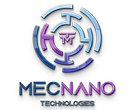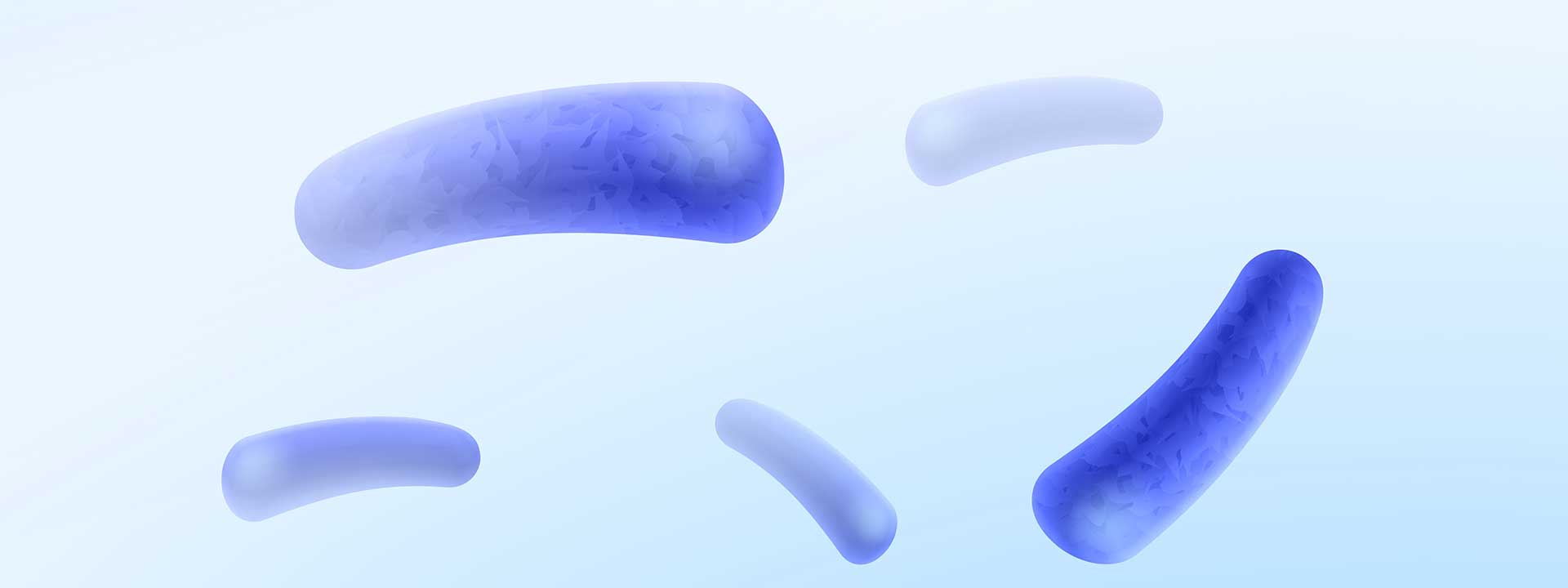Brief Explanation
Postbiotics are both the end products obtained from probiotics, such as functional proteins/enzymes and intermediate products, i.e. metabolites, occurred during the breakdown of postbiotics. For example, we can isolate a molecule from bacteria. Such as collagen, hyaluronic acid, lactic acid, etc. These products obtained from bacteria are postbiotic molecules. We can also destroy microorganisms by tindelizing by applying heat treatment, without changing the bacterial content. While preparing postbiotics that we can mass produce, we use postbiotics obtained from probiotics tindelized by heat treatment. Postbiotics have some advantages over probiotics. To be effective, probiotics must have a wide variety of properties. For example, it must have the ability to maintain its vitality until it reaches the intestine and hold onto the intestinal wall. In addition, production procedures are challenging, and this process significantly affects probiotics. For all these reasons, the production of postbiotics, which provide the same benefits, comes to the fore.






